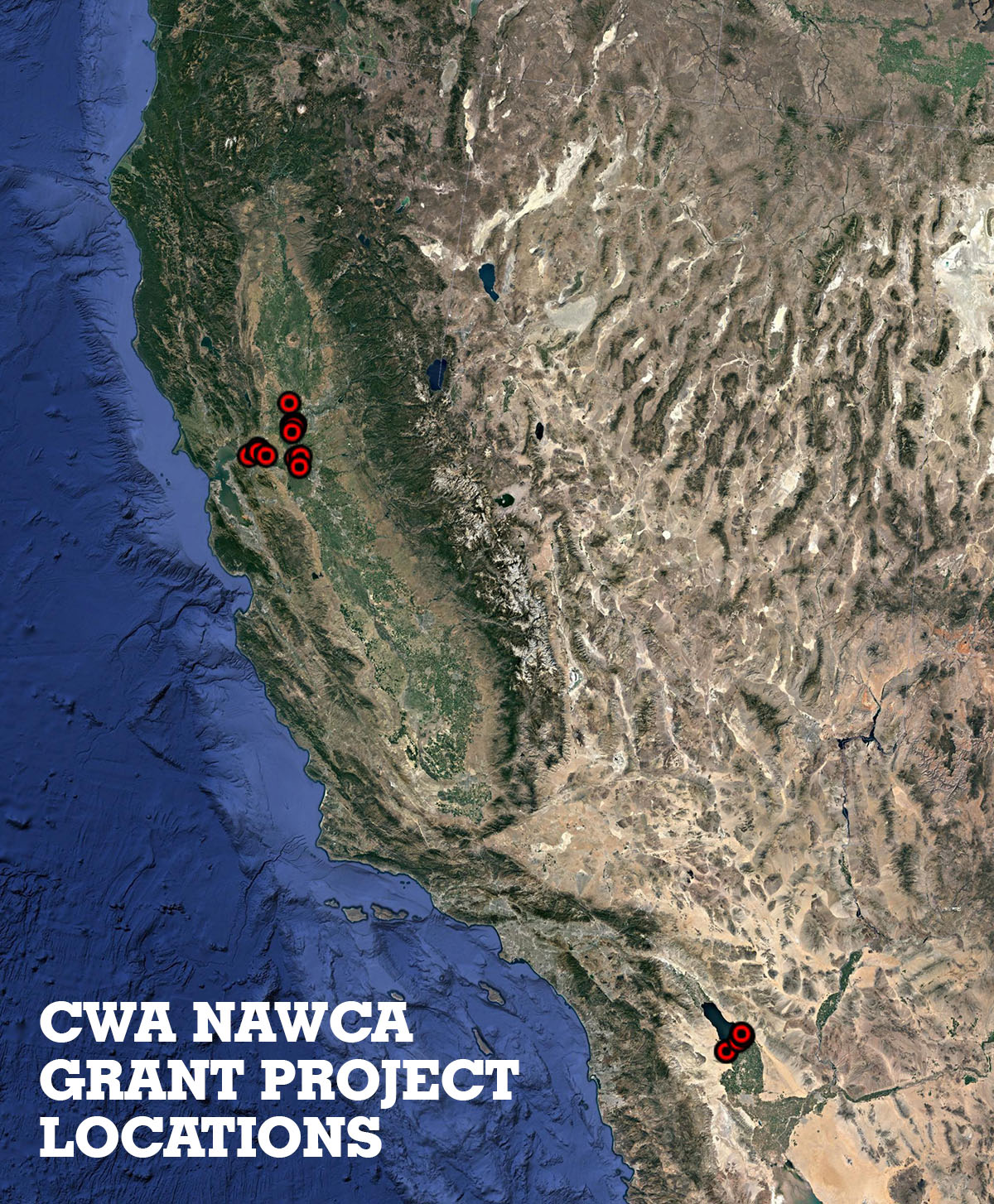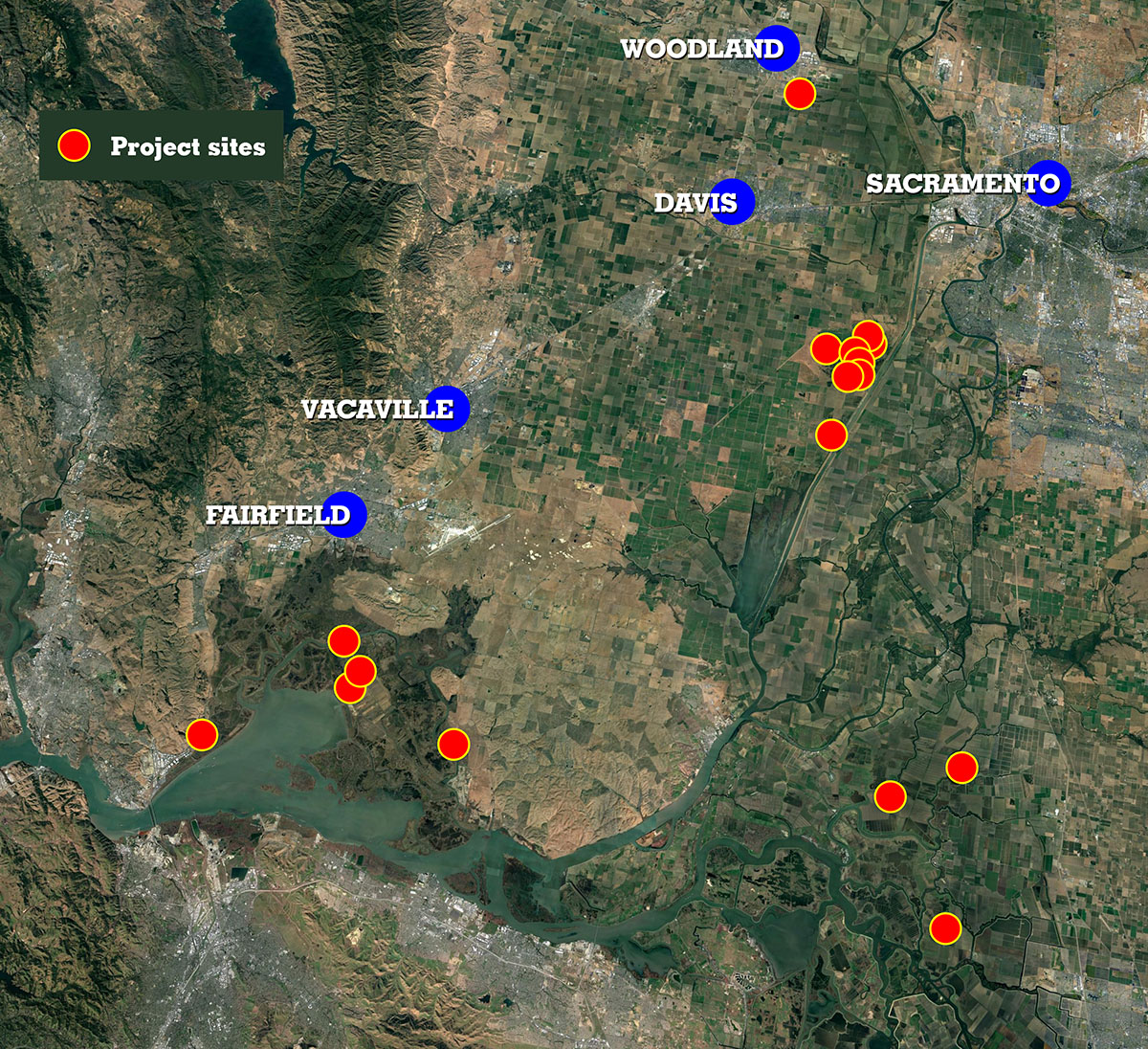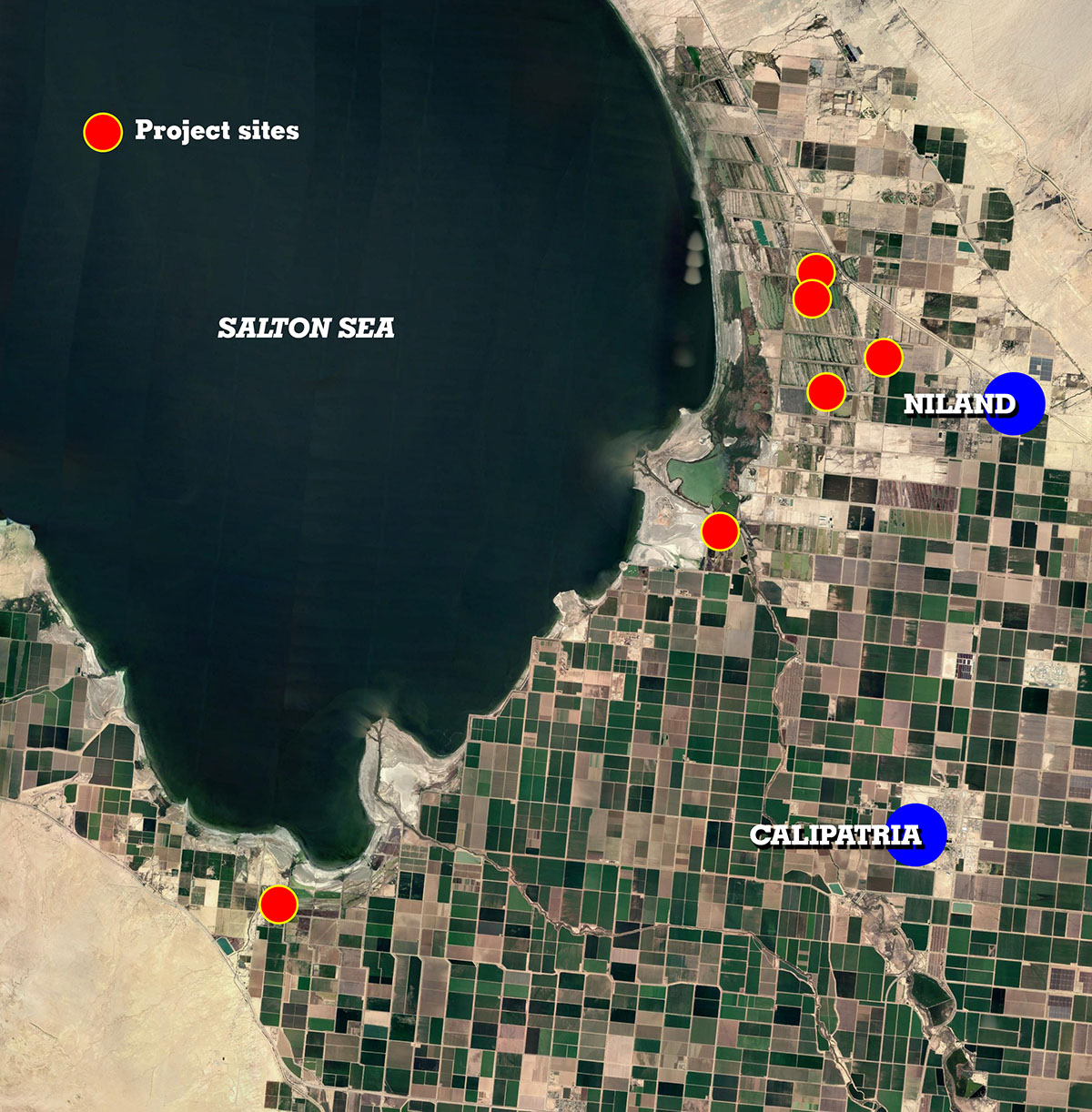
May 3, 2021
CWA receives nearly $2M in habitat improvement grants
A federal commission approved nearly $2 million in grants last month to fund California Waterfowl projects in Southern California and the Yolo-Delta and Suisun basins. Matching funds will lift spending on those projects to nearly $4.5 million.
 The grants were among 32 North American Wetlands Conservation Act awards totaling nearly $40 million approved by the Migratory Bird Conservation Commission, chaired by U.S. Interior Secretary Deb Haaland. California Congressman Mike Thompson also serves on the commission. NAWCA is the only federal grant program dedicated to the conservation of wetland habitats for migratory birds.
The grants were among 32 North American Wetlands Conservation Act awards totaling nearly $40 million approved by the Migratory Bird Conservation Commission, chaired by U.S. Interior Secretary Deb Haaland. California Congressman Mike Thompson also serves on the commission. NAWCA is the only federal grant program dedicated to the conservation of wetland habitats for migratory birds.
CWA's two grants are among only three awarded for the entire West Coast. They will be matched with $2.5 million in funds from partner organizations, and will benefit a combined 5,083 acres in critically important wetland habitats. Click here to see a list of approved NAWCA grants.
Public land where work will take place includes:
- In Southern California, the Wister Unit of the Imperial Wildlife Area and the Sonny Bono National Wildlife Refuge.
- In the Suisun Marsh, the Grizzly Island Wildlife Area (the main, Crescent and Goodyear Slough units).
- In the Yolo-Delta Basin, the Yolo Bypass Wildlife Area and Woodland Regional Park.
These projects will move the needle on key goals: increasing breeding habitat for mallards, restoring riparian habitat that is critical for wood ducks and ameliorating degradation of wintering habitat around the Salton Sea. All of these projects will either directly or indirectly benefit hunters as well.
The Yolo-Delta-Suisun grant will fund 17 projects on public and private land, addressing priorities outlined in the recently completed Central Valley Joint Venture Implementation Plan, including securing adequate water supply, wetland restoration, wetland enhancement, and increasing breeding habitat and winter-flooded agricultural fields.
For example, one project on Staten Island will convert 650 acres of intensively cultivated corn fields to rice production, which will stop, and possibly even reverse, soil subsidence while simultaneously increasing the wildlife value. Both corn and rice provide habitat for wintering waterfowl, but rice also provides summer-flooded habitat for breeding waterfowl. Projects in Suisun will improve the ability to flush wetlands when lower-salinity water becomes available, which will improve waterfowl food plant production.

Yolo-Delta-Suisun NAWCA project locations. Click here to read the grant application (1.7MB PDF).
The Imperial Valley grant will fund six projects on public and private land. These projects will help to re-establish NAWCA priority habitats, increasing resources for populations of priority species.
For example, an 83-acre project at the Sonny Bono National Wildlife Refuge Hazard Unit will expand wetland (and hunting) acreage by developing levees and water delivery capabilities. And two projects on the Imperial Wildlife Area Wister Unit totaling 515 acres will increase the size of wetland units while adding islands and loafing bars for waterfowl. Improved water delivery capabilities will lead to increased food production for wintering waterfowl.

Imperial Valley NAWCA project locations. Click here to read the grant application (3MB PDF).
These projects, while substantial, represent just part of the work that California Waterfowl's regional biologists perform throughout the state to improve habitat for California's breeding population of ducks - primarily mallards - as well as the millions of migratory waterfowl that winter here.
These two grants, combined with the four current NAWCA grants that are under construction, represent over $6 million in NAWCA funding alone that has been secured by CWA biologists in the last three years.
CWA biologists have a 2021 summer that’s projected to put nearly $6 million in habitat improvements in place for waterfowl. Work has already begun on projects funded by these new NAWCA grants. To see a map of previously completed projects, please click here.
With these NAWCA projects and others, landowners are typically required to pay at least 50% of the costs. CWA's contribution, both for public- and private-land projects, is the staff time required to develop winning grant proposals in a highly competitive field.
Click here to read the U.S. Fish & Wildlife Service press release about the grants.


